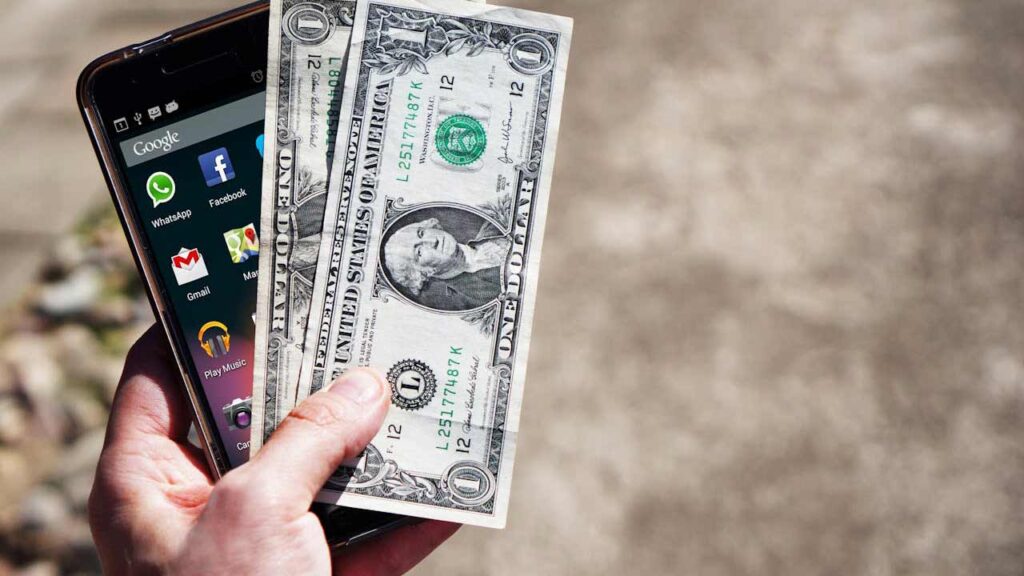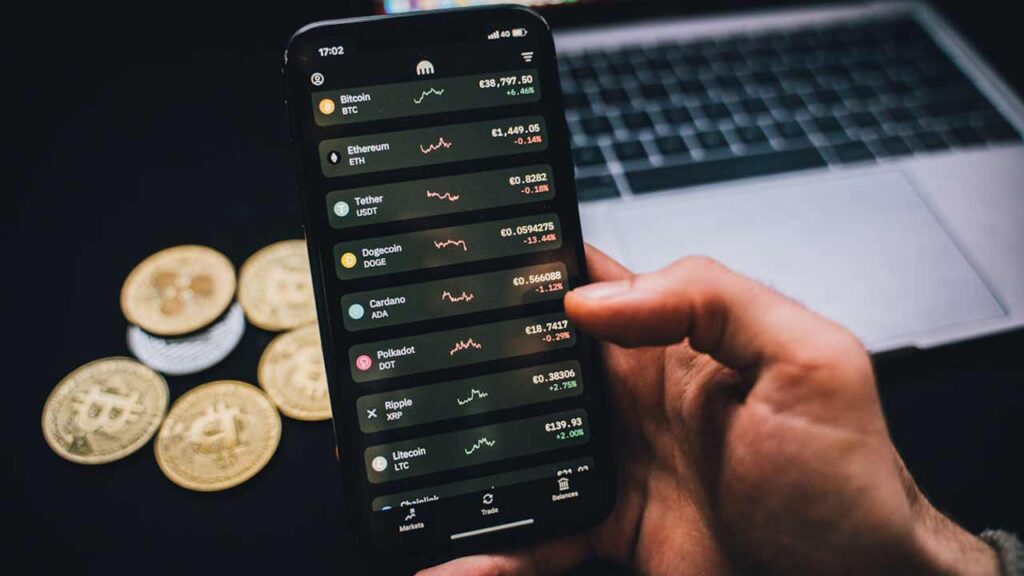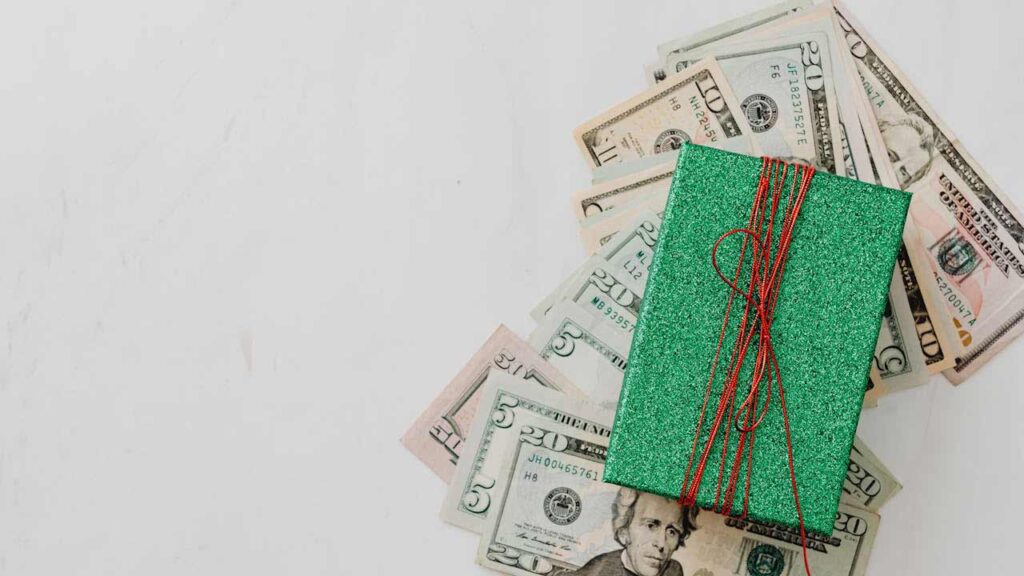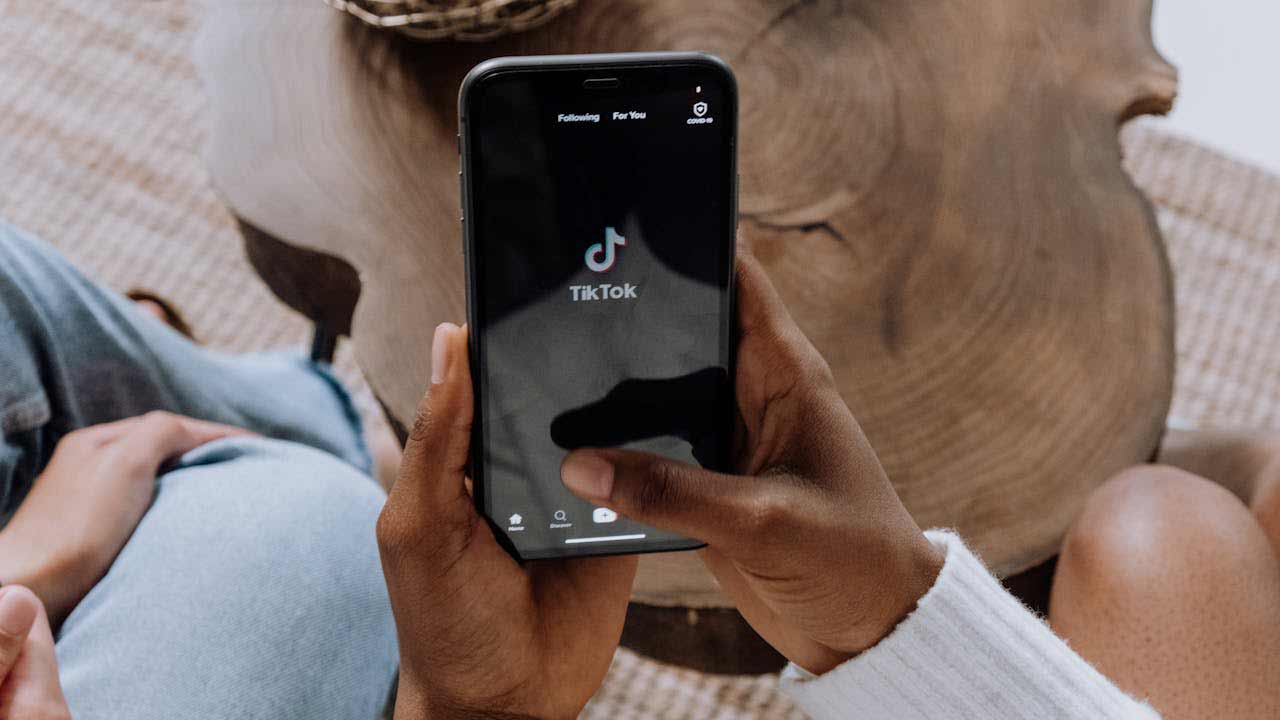It might sound like a trending recipe, but cash stuffing is actually a budgeting method—and it’s making a big comeback on TikTok. Originally popular decades ago (think envelopes and dollar bills), the method faded when digital banking took over. But now, with inflation pressuring budgets and Gen Z rethinking how they spend, cash stuffing is back in the spotlight—and for good reason.
So What Exactly Is Cash Stuffing?

Cash stuffing is a simple system where you divide your cash into envelopes labeled with categories like groceries, gas, and entertainment. Once the cash in a category is gone, you’re done spending in that area until your next paycheck. No overdrafts. No surprises. It forces discipline the old-fashioned way—and for a lot of people, that’s exactly what’s needed right now.
With rising prices and the temptation of swipe-now-pay-later culture, seeing your cash physically disappear can be a game changer. It brings back a level of awareness that’s hard to get from tapping a card or scrolling through banking apps.
Why It’s Blowing Up Again in 2025

Two reasons: inflation and visibility. People are feeling the squeeze at the grocery store, the gas pump, and just about everywhere else. At the same time, TikTok creators have made the method visually satisfying—think aesthetic binders, pastel envelopes, and real-time budgeting videos. It’s budgeting, but with a dopamine hit.
The trend isn’t just about being cute, though. Viewers are drawn to the transparency and control. When someone shows they paid off $10k in credit card debt using cash stuffing, it hits differently than a spreadsheet ever could.
Digital Burnout Is Real—Cash Is Tangible

Let’s face it: most people don’t know where their money goes. Digital wallets, autopay, and contactless everything make it easy to lose track. Cash stuffing is an intentional pivot away from that. You see what you have. You feel what you spend. That physical act changes behavior.
Financial therapists have even noted that handling cash can reduce anxiety around spending. When your brain sees a shrinking pile, it starts making smarter decisions. There’s a reason it worked for your grandparents.
It’s Not Just a Trend—It’s a Financial Reset

While it may look like a social media fad, the cash stuffing movement has roots in solid personal finance strategies. It’s basically the envelope system that Dave Ramsey and others have recommended for years. The difference now? It’s been rebranded with better aesthetics and a younger audience.
Even if you’re not someone who follows TikTok trends, this one’s worth noting. A lot of users report saving more in a few months than they had in years. And that’s not hype—it’s discipline showing up in a visible way.
Who Should Actually Try It?

If you’re living paycheck to paycheck, dealing with impulse spending, or struggling with credit card debt, cash stuffing might be a smart move. It’s low-risk, low-tech, and doesn’t require any subscriptions or apps. Just cash, envelopes, and a little commitment.
It’s also great for teens or young adults learning how to manage money. There’s something about dealing in bills that sticks in your memory a little more than checking an app balance.
Where to Learn More (Without the Gimmicks)

Cash stuffing isn’t magic, but it works because it makes you confront your spending in real time. In an economy where every dollar counts, sometimes going back to basics is the smartest move. Whether you’re trimming the fat from your grocery budget or just tired of watching your bank balance disappear with no clear reason, this old-school system might be exactly what you need to feel in control again.

Alexander Clark is a financial writer with a knack for breaking down complex market trends and economic shifts. As a contributor to The Daily Overview, he offers readers clear, insightful analysis on everything from market movements to personal finance strategies. With a keen eye for detail and a passion for keeping up with the fast-paced world of finance, Alexander strives to make financial news accessible and engaging for everyone.


